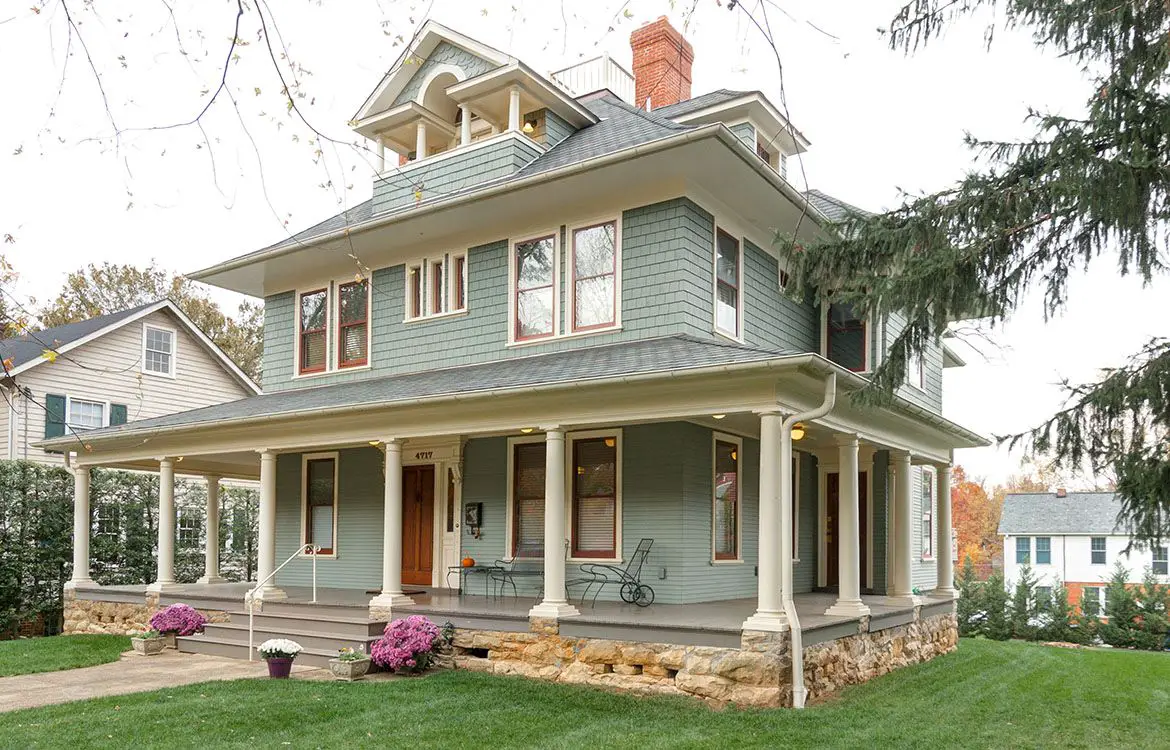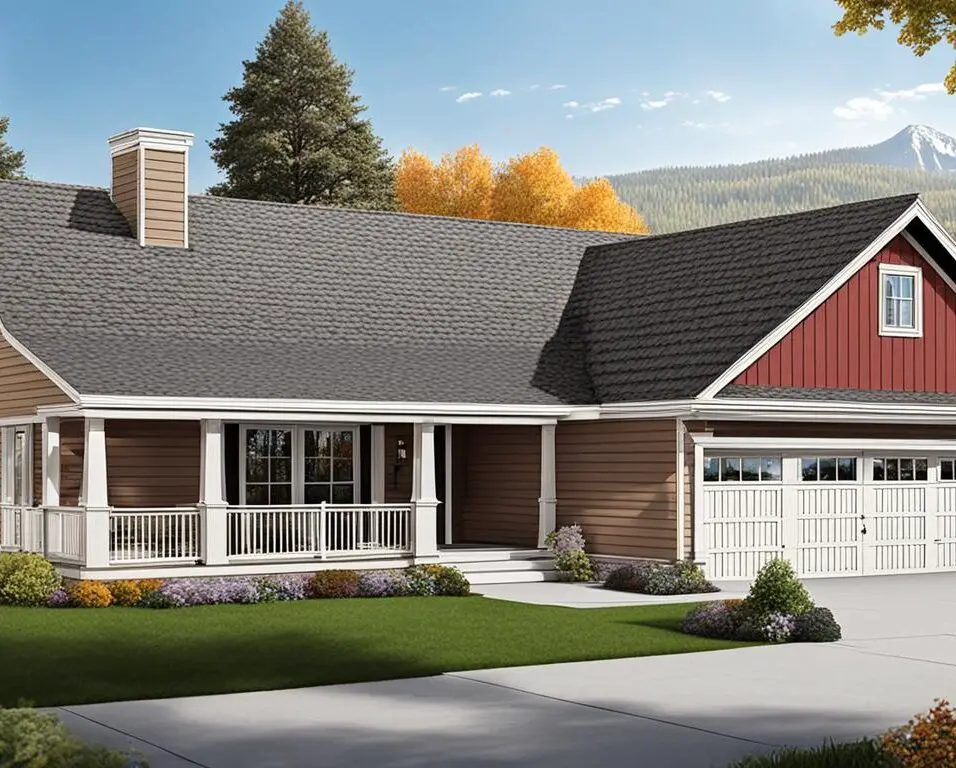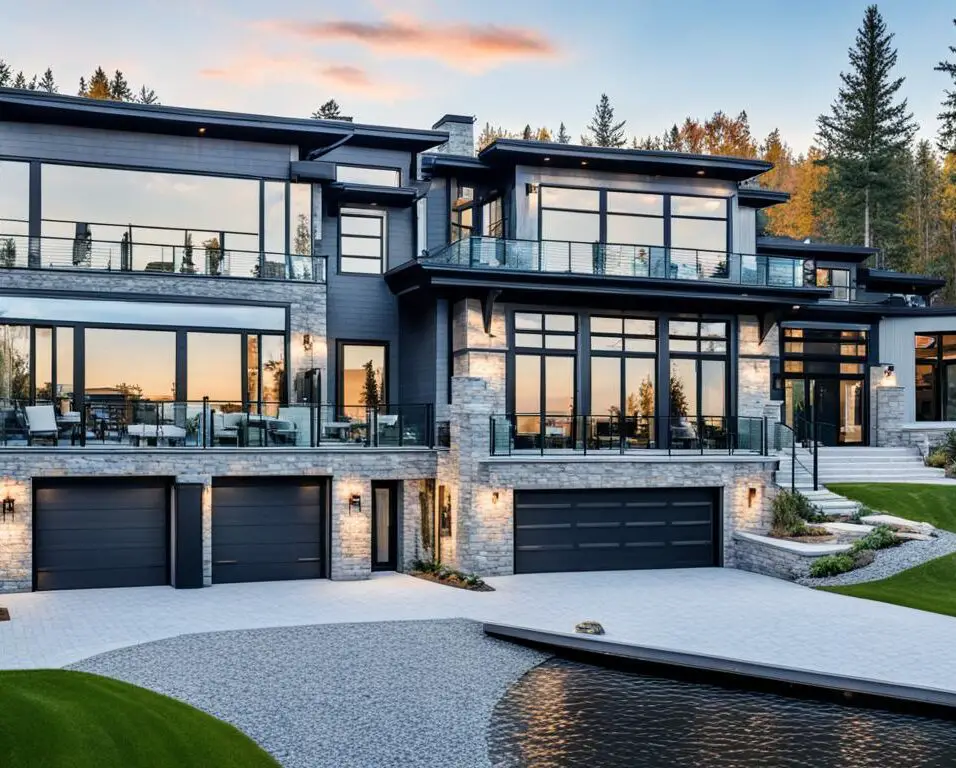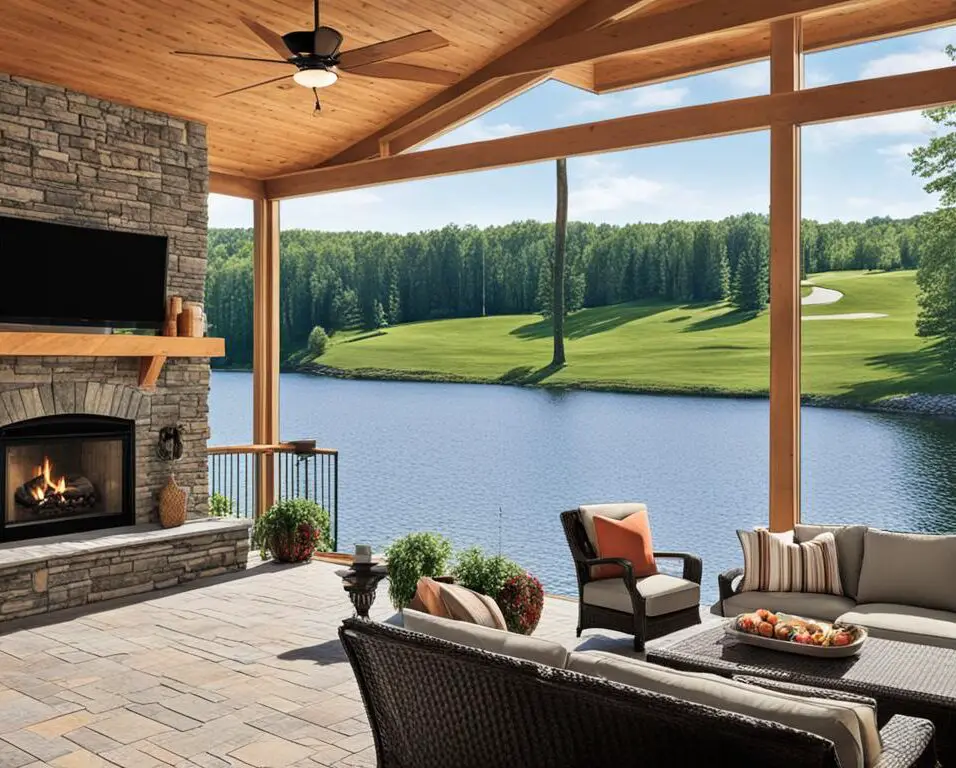Mastering Exterior Paint: The Art of Coats
Introduction
Number Of Coats For Exterior Paint: Welcome to a complete look at the amount of coats needed for the perfect paint job on your exterior property. Whether you’re starting from scratch or just want to freshen up your home, knowing how many coats of exterior paint you need is crucial to a great finish.
New paint is appealing because of its color, depth, and consistency. The number of coats affects color richness, weather resistance, and paint durability. However, paint quality, color, surface material, and weather conditions can affect the optimal amount of layers.
We’ll explore the science and art of choosing the correct amount of coats for your exterior paint project in this detailed tutorial. We’ll discuss priming, surfaces, and high-quality paint’s function in a great finish. Understanding layer synergy will help you make judgments that balance efficiency, attractiveness, and durability.
Join us as we explore exterior painting and coat number factors. With experienced advice and practical tips, you’ll be ready to paint and make your property stand out and last.
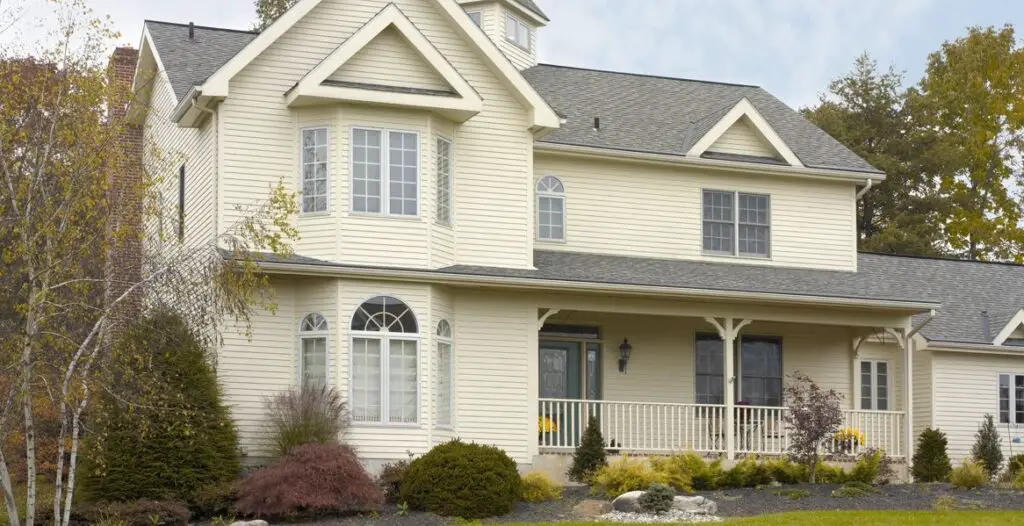
Do you need 2 coats of exterior paint?
Depending on the surface, paint type, and intended finish, you may require 2 coats of exterior paint. Second coats of exterior paint are often recommended for optimal effects. The first coat primes and seals, while the second coat adds durability, color depth, and a smoother finish.
If the surface is in good shape and you’re using a high-quality paint with good coverage, you may only need one coat. For surfaces with defects, past paint damage, or a severe color shift, 2 coats are usually needed for a uniform, long-lasting finish. For optimal results, follow the paint can manufacturer’s instructions.
Do professional painters use 2 coats of paint?
The layperson may believe they can save time or money by only applying one coat of paint, or that they have selected the appropriate paint thickness or sheen, but they will likely be unhappy with the outcomes in the long run. So, back to the first answer: always use two coats.
Yes, professional painters often use 2 coats of paint when working on exterior surfaces. This is a standard practice because it ensures a more durable and aesthetically pleasing finish. Professional painters understand that the first coat acts as a primer, creating a strong bond with the surface, while the second coat enhances the color, coverage, and protection of the paint job.
Professional painters are trained to apply paint efficiently and uniformly, thus enhancing the quality of their work and reducing the likelihood of any mistakes. They also understand the importance of proper surface preparation, including cleaning, sanding, and priming, which can impact the number of coats needed. Ultimately, the goal of a professional painter is to provide a high-quality and long-lasting paint job, and using 2 coats of paint is a common part of achieving that goal.
Is 2 coats of paint enough?
Based off our rule of thumb, two coats of paint is the absolute minimum you’ll want for your walls. However, the material and previous colour of the wall can both influence this number – for unfinished drywall, for example, you’ll want to add a coat of primer or undercoat paint too.
Whether 2 coats of paint are enough depends on several factors, including the type of paint being used, the color you’re applying, the condition of the surface, and your desired outcome. In many cases, two coats of paint are sufficient for a satisfactory finish, but there are exceptions:
- New or Unpainted Surfaces: When you’re applying paint to a new or unpainted surface, it’s often advisable to use a primer followed by two coats of paint. The first coat serves as a primer, enhancing adhesion and sealing the surface, while the second coat adds color depth and durability. This is a common practice to ensure the paint job’s longevity and appearance.
- Color Change: If you’re changing from a significantly lighter to a darker color or vice versa, you may require more than two coats. Darker colors often need additional coats to achieve full coverage over a lighter base.
- Surface Condition: The condition of the surface matters. If the surface is rough, porous, or has imperfections, you might need more than two coats to achieve a smooth and even finish. Proper surface preparation, such as sanding and filling, can help reduce the number of coats required.
- Type of Paint: High-quality paints with good coverage properties may require fewer coats than cheaper, lower-quality paints. The paint’s coverage rating, which is typically indicated on the paint can, can give you a good idea of its coverage capabilities.
How thick is a coat of exterior paint?
Mil Thickness (1/1000th Inch)
Sprayers can achieve over 4 mil thickness in one coat and produce the most consistent paint finish, while roller brushes require two coats and take longer and cost more.
Exterior paint thickness depends on the type, method, and surface being painted. A roller or brush-applied coat of exterior paint is usually 3 to 5 mils thick. Once spray-applied, it can be 2–3 mils thinner.
Note that exterior paint dry film thickness (DFT) depends on the manufacturer and product. Multiple thin applications are usually better than one heavy coat for adhesion and uniformity. Too much paint can cause sagging, cracking, and poor adherence.
For proper thickness and coverage, follow the manufacturer’s instructions and consider the weather, as temperature and humidity can effect paint thickness and drying timeframes. A paint thickness gauge can help you apply paint to the correct film thickness.
Does exterior paint need primer?
You Should Use Exterior Primer If
You’re changing the exterior color – Even if the hop between colors isn’t drastic, this is still an important step that will make the transition process much smoother. Your wallet will thank you too since primer is less expensive than investing in more coats of your finish color.
Whether or not exterior paint needs a primer depends on the specific circumstances of your painting project. Primer serves several essential functions in a paint job, including improving adhesion, sealing porous surfaces, and providing a uniform base for the topcoat. Here are some general guidelines:
- New Surfaces: If you’re painting a new, untreated exterior surface, using a primer is highly recommended. Primer helps the paint adhere better to the surface, which promotes longevity and ensures a consistent finish.
- Previously Painted Surfaces: If the surface has been previously painted and is in good condition, you might be able to skip the primer. However, if you’re making a significant color change or the existing paint is deteriorating, using a primer can still be beneficial.
- Problem Surfaces: For surfaces with stains, mildew, or other issues, a specialized primer can help address these problems before applying the topcoat.
Ultimately, using primer is a wise choice to enhance the durability and appearance of your exterior paint job. It’s best to consult with the paint manufacturer’s recommendations and consider the specific conditions of your project.
Can I do 4 coats of paint?
How Many Coats of Paint Do You Need? Typically, interior walls only need two coats of paint: a first coat and a finish coat. However, dark paint colors may require an additional application to ensure an even finish.
While it is possible to apply four coats of paint, it’s usually not necessary and can be counterproductive. In most cases, two coats of paint are sufficient to achieve the desired color and protection for exterior surfaces. Applying more than two coats can lead to several issues:
- Cost: Using excessive amounts of paint can be expensive, as quality paint can be a significant investment.
- Drying Time: Each additional coat of paint increases the drying time, which can prolong your project and make it more susceptible to dust and debris settling on the wet paint.
- Risk of Problems: Applying too many coats can result in issues like peeling, cracking, and an uneven finish, as excessive thickness can hinder proper adhesion and drying.
Instead of adding more coats of paint, it’s often better to focus on proper surface preparation, ensuring that you have a clean, smooth, and well-primed surface before applying your topcoats. Quality and technique are usually more critical than the number of coats.
How many coats of paint with primer?
2-3 coats
Use 2-3 coats of primer to provide a good adhesion between the new paint and the wall and to cover up any old colors, notably red, orange, or an odd outdated color. Most painting projects require two primer coats.
The amount of coats of primer-based paint depends on the surface and desired result. Two coats of paint over a good primer usually produce a durable and appealing finish.
The first coat of paint over the primer acts as a base, providing adhesion and coverage. The second coat enhances color depth, durability, and a smoother finish. This two-coat system is standard practice for many painting projects and is usually recommended by paint manufacturers.
What is the benefit of a second coat of paint?
You can’t get away with one coat of paint. You’ll most likely need to apply a second coat of paint. Second coats fill in any gaps, and help you achieve a smooth, uniform colour. As well as looking better, a second coat will ensure your paintwork is durable and long-wearing.
Applying a second coat of paint offers several important benefits in both interior and exterior painting projects:
- Improved Coverage: The second coat ensures complete coverage, especially when transitioning from a lighter to a darker color. This helps hide any underlying imperfections and provides a more uniform finish.
- Enhanced Color Depth: Additional coats of paint can make colors appear richer and more vibrant, giving your project a more polished and professional look.
- Increased Durability: The second coat adds an extra layer of protection, making the painted surface more resistant to wear, weather, and other environmental factors. It can extend the lifespan of the paint job.
- Smooth Finish: Multiple coats allow for a smoother and more even finish, reducing the visibility of brush strokes, roller marks, or uneven texture.
- Consistency: A second coat ensures consistency in the appearance of the painted surface, helping to avoid patchy or uneven spots.
While a second coat of paint requires more time and materials, it often results in a higher-quality and longer-lasting finish, making it a worthwhile investment for most painting projects.
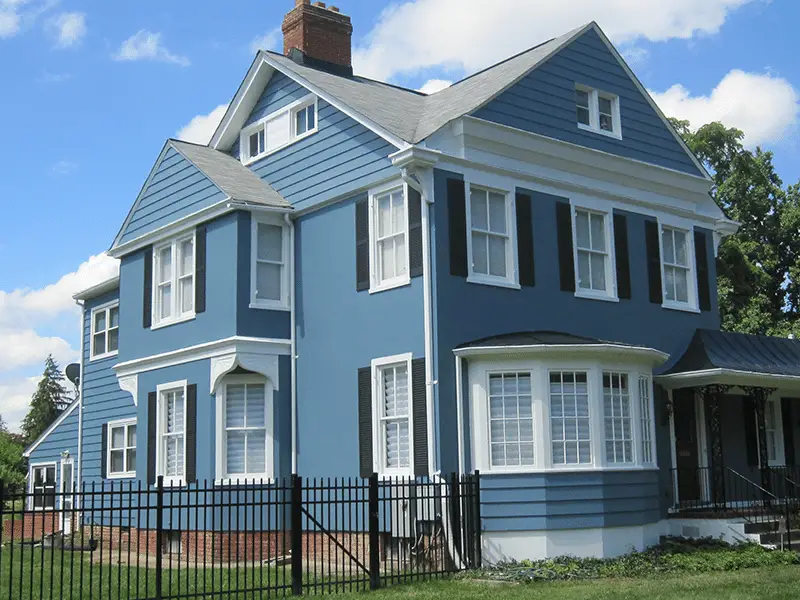
Conclusion
The amount of coats of exterior paint determines the project’s appearance and durability. From bare surface to gorgeously decorated façade is a complicated ballet of layers, where each coat improves finish quality and longevity.
This comprehensive tutorial has helped you understand the factors that determine how many coats to apply. The relevance of priming for flawless coverage, surface type on paint absorption, and high-quality paints for brilliant and long-lasting results have all been examined.
You ensure your outside painting project lasts by balancing efficiency and excellence. Each coat enhances the color and protects your property from the weather, increasing its value.
Remember, the ideal number of coats paint is a harmonious blend of practicality and artistic vision, resulting in a finish that not only reflects your style but also upholds the integrity of your property for years to come.



